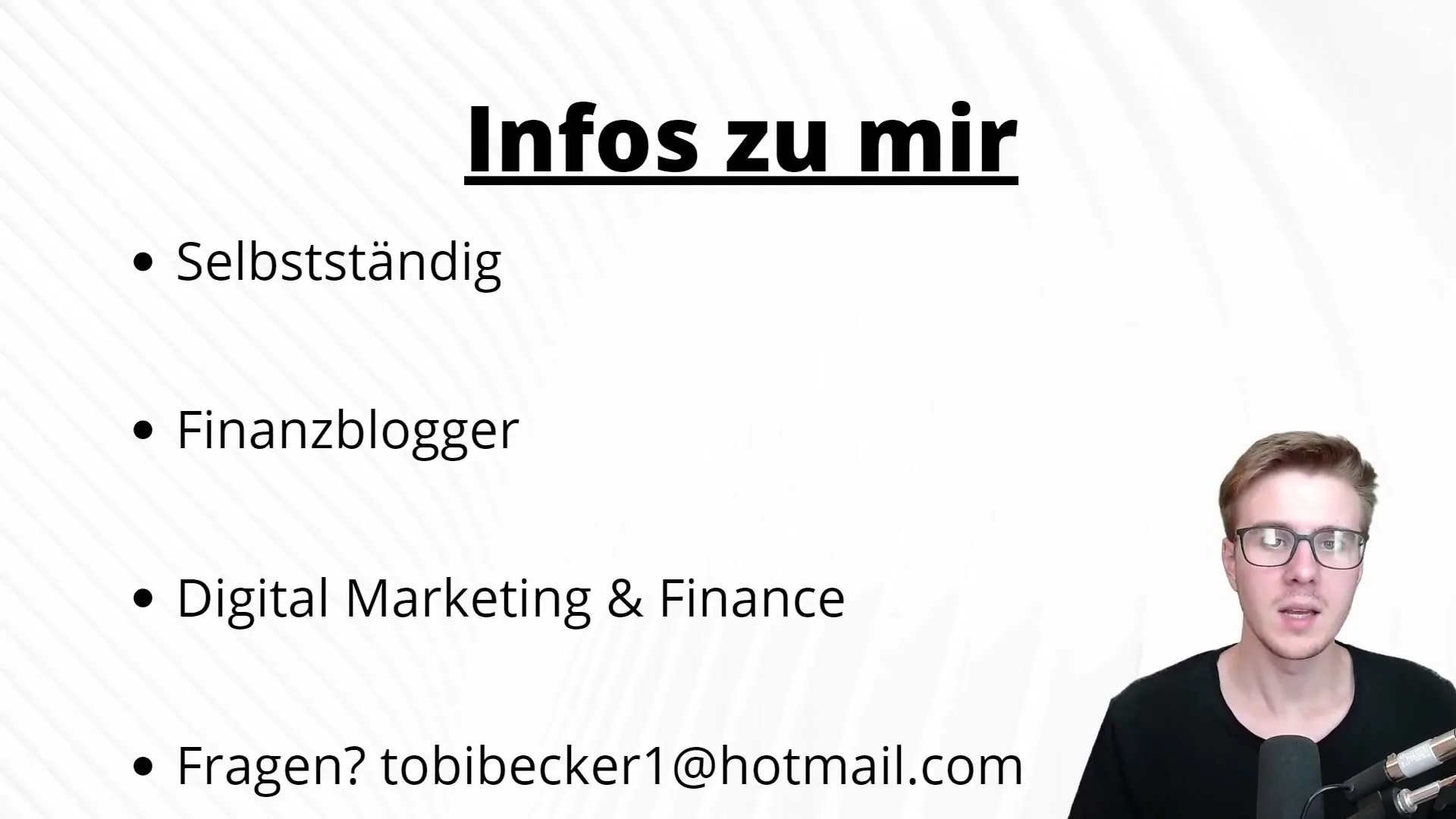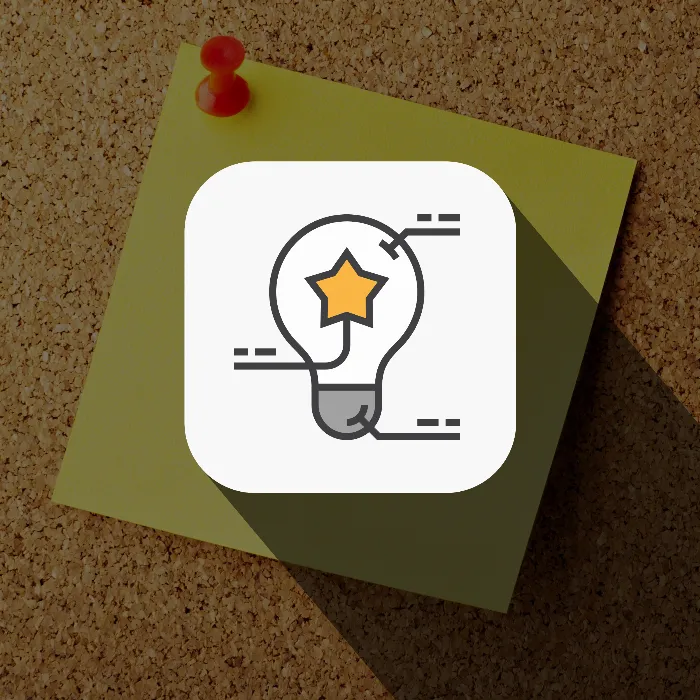If you are interested in Design Thinking, you are in the right place. This guide not only provides you with a comprehensive introduction to the topic but also helps you understand the basics, concepts, and benefits of Design Thinking. This will prepare you optimally to apply the creative processes yourself and to benefit sustainably from this method.
Key Insights
Below you will discover that Design Thinking is a user-centered approach that places creativity and innovation at the forefront. You will learn that empathy for the user is crucial to recognizing real needs. Additionally, you will gain insights into the various phases of Design Thinking: Understanding, Defining, Developing ideas, Creating prototypes, and Testing. These steps are essential for developing productive solutions.
Step-by-Step Guide
Step 1: Understanding Needs
In the first step, it is about developing a deep understanding of the user's needs and problems. This means conducting interviews and making observations to find out what your target audience really thinks and feels. You should actively listen and ask open questions. This way, you will learn more about their perspectives and the challenges they face.

Step 2: Defining the Problem
After gathering enough information, the next step is to clearly define the problem. Formulate a problem statement that summarizes the key findings of your research. Ensure that the formulation is concise and specific. A well-defined problem will make it easier for you to develop solutions effectively and help you maintain focus throughout the process.

Step 3: Idea Generation
Now comes the creative part of Design Thinking: idea generation. Sit down with your team and brainstorm without limitations. Record all ideas without immediately evaluating them. This relaxed process will help you find innovative approaches that you may not have considered. Use techniques like Mind Mapping or the 6-3-5 method to develop as many creative ideas as possible.
Step 4: Developing Prototypes
In this phase, the focus is on creating prototypes from your best ideas. It is important that these prototypes are implemented quickly and cost-effectively to be tested promptly. Prototypes can be simple sketches, mockups, or functional models. The challenge is to visualize the concepts clearly to gather meaningful feedback from users.
Step 5: Testing Solutions
The final step is testing your prototypes. Get feedback from the target audience and observe how users interact with your solutions. Be critical in questioning what works and what doesn't. The feedback will help you identify weaknesses and make improvements. Design Thinking is an iterative process, meaning you can jump back and forth between the phases several times until you find an optimal solution.
Summary
Design Thinking enables you to develop creative solutions tailored to users' needs. The approach promotes innovative ideas and user-centered products from the ground up. With the learned steps, you are well prepared to apply Design Thinking in your own context.

